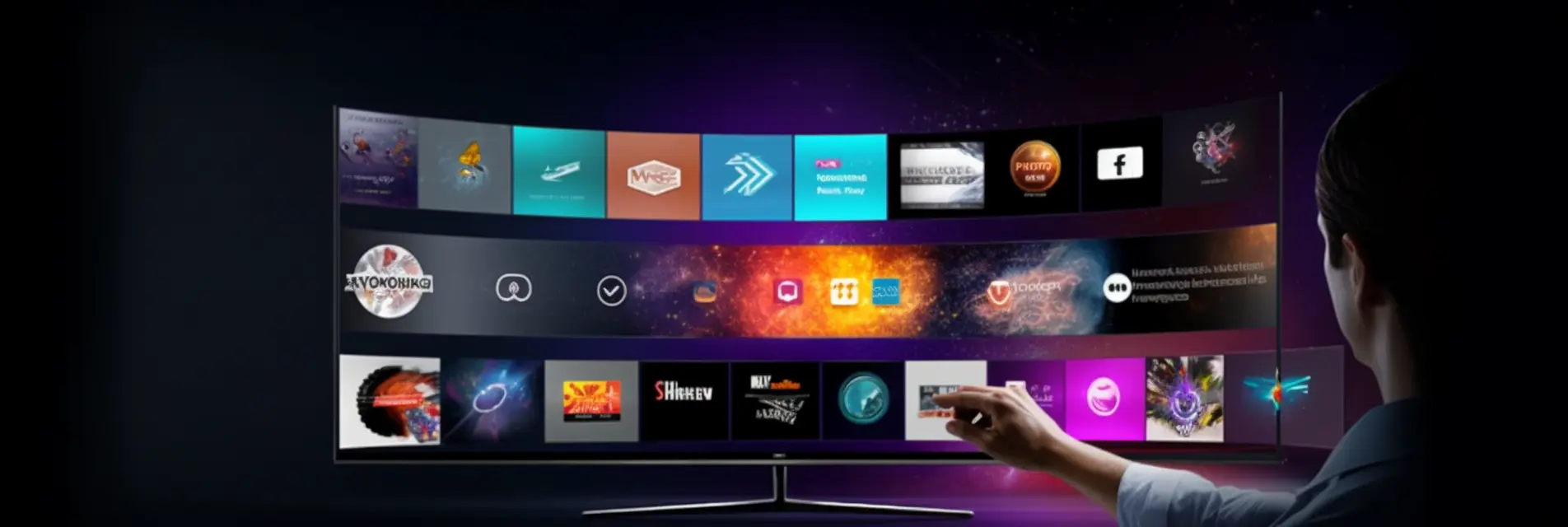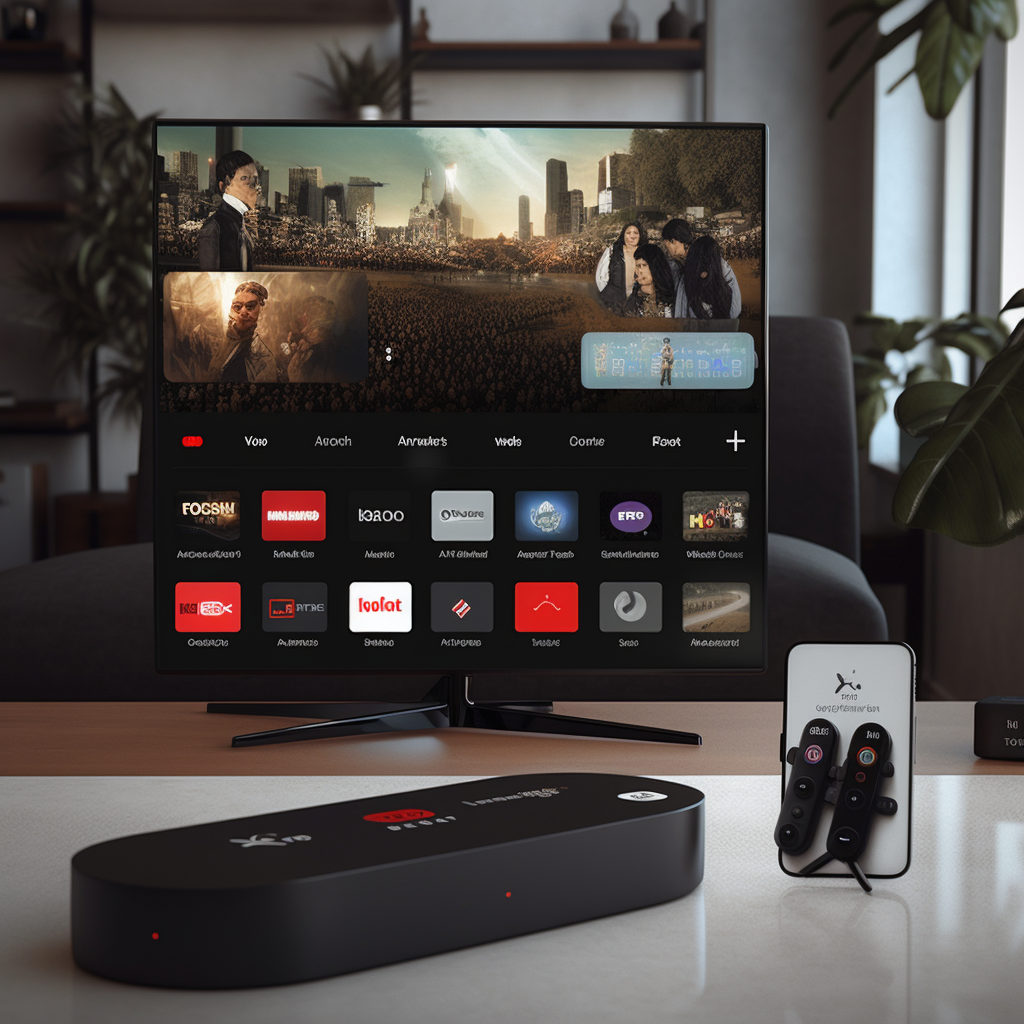Introduction
Did you know that over 70% of traditional cable subscribers are considering switching to IPTV services in 2024? The landscape of television consumption has dramatically shifted, with best IPTV service providers now offering features that were unimaginable just a few years ago. From 4K streaming quality to extensive channel libraries spanning over 10,000 options, the modern IPTV experience has revolutionized how we consume media. As cable prices continue to climb by an average of 6% annually, finding the most reliable IPTV service has become essential for entertainment enthusiasts and budget-conscious viewers alike.
What Makes a Top IPTV Service

When evaluating the essential components of premium IPTV services, these factors stand out:
- Stream Quality: Minimum 1080p HD streaming with 4K options available
- Channel Variety: At least 5,000+ channels from international markets
- Device Compatibility: Support for Smart TVs, Fire Stick, Android, iOS, and web browsers
- VOD Library: Extensive on-demand content (movies and TV series)
- EPG Integration: User-friendly electronic program guide
- Multi-screen Support: Ability to stream on multiple devices simultaneously
- Customer Support: 24/7 assistance with quick response times
- Buffering Prevention: Advanced server infrastructure to minimize interruptions
- Security Features: Encryption and privacy protections
Substitute options for mainstream IPTV may include specialized regional providers for those primarily interested in content from specific countries or legal streaming aggregators for those concerned about compliance issues.
Timing
The average IPTV subscription spans various timeframes to accommodate different user needs:
- Monthly plans: Perfect for testing services (typically $10-20)
- Quarterly plans: Offer moderate discounts (approximately 10-15% savings)
- Semi-annual plans: Substantial savings (around 20-25% off)
- Annual subscriptions: The best value (discounts of 30-40%)
Most premium providers deliver activation credentials within 5-10 minutes of purchase, allowing for almost immediate setup. Setup typically requires just 3-5 minutes, depending on your device, making the entire process remarkably efficient compared to traditional cable installation (which averages 2-3 hours).
Step-by-Step Selection Process
Step 1: Identify Your Viewing Priorities
Begin by listing your must-have channels, preferred content types (sports, international programming, movies), and any specific regional content you require. Data shows that sports viewers have different optimization priorities than movie enthusiasts, with the former prioritizing low latency and the latter focusing on library size.
Step 2: Evaluate Device Compatibility
Ensure the provider supports your preferred viewing devices. While 92% of services work with Firestick and Android, only about 70% offer seamless Apple TV integration, and even fewer (approximately 65%) work flawlessly with Smart TVs without additional hardware.
Step 3: Test Connection Stability
Before committing to a long-term plan, request a trial subscription. During testing, monitor buffer rates during peak hours (typically 7-10 PM local time) when server loads are highest. Quality providers maintain buffer-free playback for 98.5% of viewing time even during these periods.
Step 4: Assess Customer Support Responsiveness
Send test inquiries to gauge response times and support quality. Top-tier services respond within 30 minutes, while the industry average hovers around 4 hours. This factor becomes crucial when troubleshooting inevitable technical hiccups.
Technical Specifications
Premium IPTV services in 2024 typically offer:
- Resolution options: 720p, 1080p, and increasingly 4K
- Bitrates: 3-12 Mbps depending on selected quality
- Recommended internet speed: Minimum 25 Mbps for uninterrupted HD viewing
- Server redundancy: Multiple server locations ensure 99.9% uptime
- Supported formats: M3U, MAG, Enigma2, and web-based portals
- Catch-up service: 7-14 days of previously aired content
Alternative IPTV Solutions
For those seeking different approaches to content streaming:
- IPTV Aggregators: Services that combine multiple legitimate sources rather than rebroadcasting
- Regional Specialists: Providers focusing exclusively on content from specific countries or languages
- Sports-Focused Services: Specialized in sporting events with minimal non-sports content
- Hybrid Solutions: Combining IPTV with traditional OTT platforms for maximum content variety
These alternatives often provide more specialized content but may lack the comprehensive channel selection of full-service providers.
Connection Optimization Tips
To enhance your IPTV experience:
- Use wired ethernet connections whenever possible for stability
- Implement a dedicated VPN to prevent potential ISP throttling
- Consider a higher-tier internet package if multiple household members stream simultaneously
- Configure Quality of Service (QoS) settings on your router to prioritize streaming traffic
- Use IPTV-compatible players optimized for streaming (like TiviMate or IPTV Smarters)
These optimizations can reduce buffering by up to 85% compared to default configurations.
Common Troubleshooting Issues
Avoid these typical problems when setting up your IPTV service:
- Expired URL Links: Ensure your provider delivers fresh connection details
- DNS Conflicts: Consider using Google DNS (8.8.8.8) or Cloudflare (1.1.1.1) for better resolution
- VPN Compatibility: Not all VPNs work well with IPTV; test before committing
- Player Configuration: Different applications require specific settings for optimal performance
- Credential Sharing: Exceeding allowed connections often results in automatic disconnection
Proper troubleshooting techniques can resolve approximately 90% of common IPTV issues without provider intervention.
Security and Legal Considerations
When selecting an IPTV service:
- Prioritize providers offering secure payment options
- Consider services with clear terms of service
- Understand the legal landscape in your region regarding content rebroadcasting
- Use dedicated viewing devices rather than main personal computers
- Implement basic privacy measures to protect your viewing habits
These precautions address the primary security concerns reported by IPTV users.
Conclusion
Finding the best IPTV service provider requires balancing quality, content variety, reliability, and value. By following the structured approach outlined in this guide, you can identify a service that delivers the entertainment experience you desire without the frustrations of traditional cable or satellite options. The IPTV landscape continues to evolve rapidly, with providers constantly enhancing their offerings to stay competitive in this growing market.
Ready to explore the world of premium streaming? Take the first step by requesting trials from several providers that meet your basic criteria, and experience the difference that a quality IPTV service can make in your entertainment setup.
FAQs
How much bandwidth does IPTV typically consume?
IPTV streaming uses approximately 2-7GB per hour depending on your selected quality settings. HD content averages 3GB per hour, while 4K content can consume up to 7GB hourly.
Can I use IPTV while traveling internationally?
Yes, most premium providers allow international access, though you may experience varying performance based on local internet infrastructure and potential content restrictions.
Do I need special hardware to use IPTV services?
Most services work with standard streaming devices like Firestick, Android TV boxes, or apps on smart TVs. Dedicated IPTV boxes like MAG or Formuler devices offer enhanced performance but aren’t strictly necessary.
How does IPTV differ from traditional streaming services like Netflix?
Unlike Netflix, IPTV typically offers live channels similar to cable television, including sports, news, and international programming, alongside on-demand content libraries.
What should I do if my IPTV service experiences frequent buffering?
First check your internet speed (minimum 25Mbps recommended), then try a wired connection instead of WiFi, update your player application, and contact your provider’s support team if issues persist.

